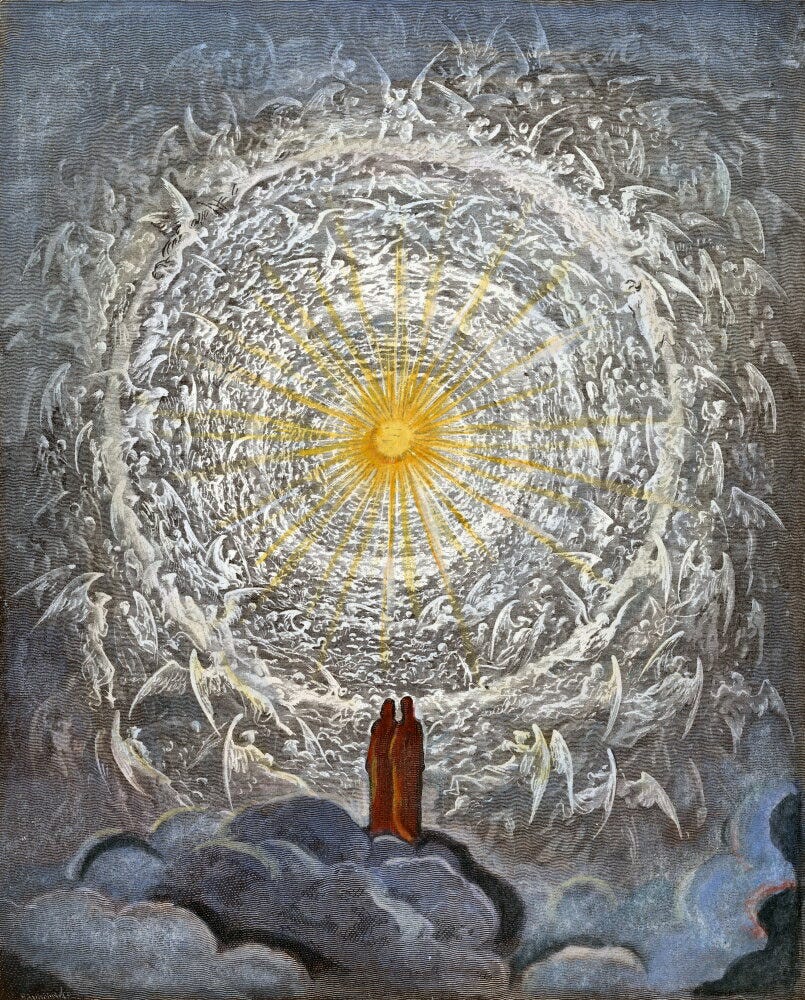The Angels and the Liturgy
How You Can Better Understand the Role of Angels in Catholicism & the Mass.
The existence, aid, and veneration of angels is a key dogma of the Catholic Church. She teaches that angels exist and that every person has a guardian angel that watches over them and aids them in their path to salvation. The Liturgy teaches about their existence and ways in which man interacts with them. It is the purpose of this essay to examine how the angels act in the Liturgy by looking at what the Liturgy itself says and teaches about them.
The Catechism of the Catholic Church firmly states that “The existence of the spiritual, non-corporeal beings that Sacred Scripture usually calls 'angels' is a truth of the faith. The witness of Scripture is as clear as the unanimity of Tradition.” (CCC, 328) How does the Liturgy proclaim this truth of the faith and call us to sincerely believe in and adhere to it? Again, the Catechism helps us in our understanding:
In her liturgy, the Church joins with the angels to adore the thrice-holy God. She invokes their assistance (in the funeral liturgy's In Paradisum deducant te angeli...["May the angels lead you into Paradise..."]). Moreover, in the "Cherubic Hymn" of the Byzantine Liturgy, she celebrates the memory of certain angels more particularly (St. Michael, St. Gabriel, St. Raphael, and the guardian angels). (CCC, 335)
The Catechism notes three ways in which the Liturgy teaches the truth of the angels existence: 1) our ability to join them in adoration of God, 2) asking for their assistance, and 3) veneration. An examination of how each of these is played out in the Liturgy is in order.



